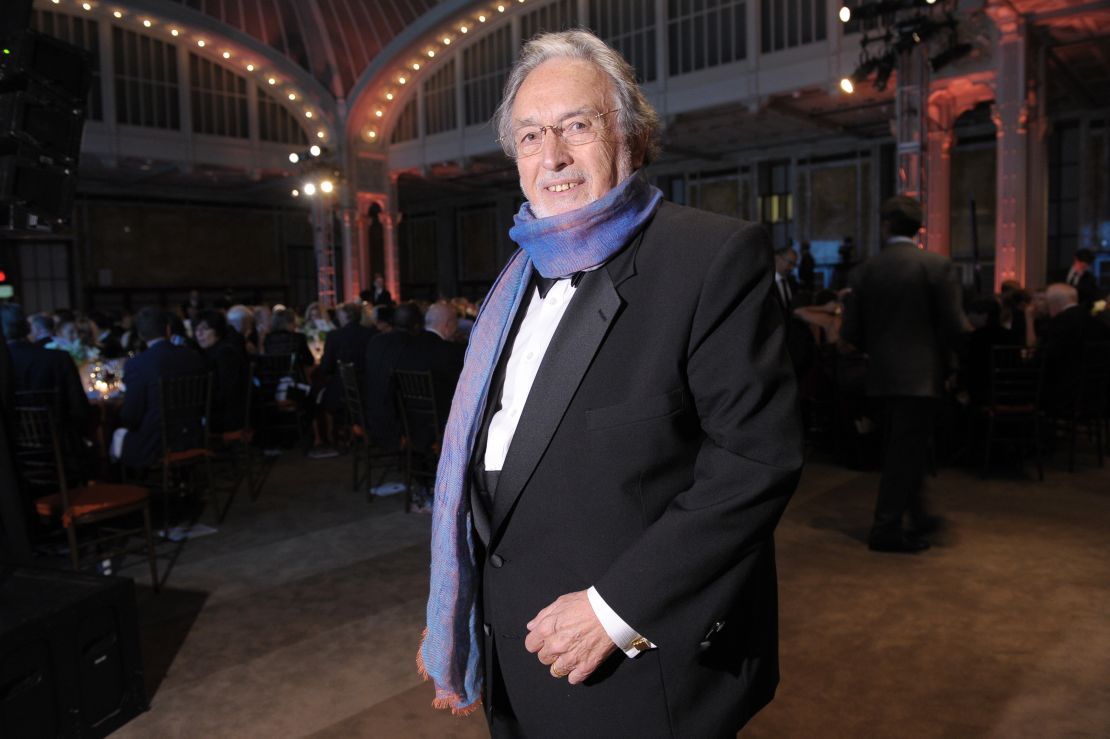One night in 1960s LA, photographer Lawrence Schiller woke with a start. He heard noises in the garden, laughing and splashing. Schiller’s wife left to quiet their three young children, while he set out to discover who these intruders were.
In his pool were a bunch of “heads,” acid grins on their faces, tripping out of their skulls. The Merry Pranksters, author Ken Kesey’s notorious troupe of counter-cultural jesters, had decided to pay the photographer an unsolicited visit.
“I don’t think I stripped naked,” Schiller, now 80, recalls, “but I jumped right in with them, I can tell you that!”
Fifty-one years later, he chuckles remembering how upset his wife was at the time. These sort of hijinks were exactly how the Pranksters got their name. And after all, he had given them his address: he was one of few photographers they trusted to document their unique way of life.

Romping across the US years before the Summer of Love, The Pranksters can lay claim – at least in part – to birthing the hippie movement as we know it. Their infamous Acid Tests, parties full of color, experimental music and light shows – along with Kool-Aid laced with still-legal LSD – became their calling card.
October 31 marked the 50th anniversary of the troupe’s Acid Test Graduation, the LSD party to end all LSD parties. Now Schiller is revisiting the era through a Taschen edition that combines his most memorable photos of the era with an abridged version of Tom Wolfe’s New Journalism classic “The Electric Kool-Aid Acid Test,” the seminal text on The Merry Pranksters.
Capturing counter-culture
Schiller first met the Pranksters in November 1965 at an Acid Test 50 yards from his studio on Sunset Boulevard. The photographer, who had already covered the first forays into acid by Berkeley University students, knew The Pranksters presented an opportunity to show a different side of LSD.
“The people I photographed in Berkeley and LA didn’t have a sense of proportion,” he explains. “They were truly risking certain things. They had no way of knowing whether the pill that they were dropping would be harmful or not. They were adventurers for various reasons; young adolescents that ended up with full-blown psychoses because they had unsupervised trips.
“Whereas the Merry Pranksters, (founder and author Ken Kesey) and that group, came from an educational point of view … experimenting with LSD under controlled situations.”
That night at the Acid Test, Schiller invited the Pranksters to his studio, dangling the possibility of a Life magazine cover. Their shoot – “a little too posed,” he remembers – cemented Schiller as a man the Pranksters could trust.

Over the next five months Schiller lived on the periphery of Kesey’s clique, dipping into a whirlwind that sucked in Hell’s Angels, Beat poet Alan Ginsberg and groupies, while never adopting the Prankster lifestyle.
“I was an observer,” he says of the Tests. “I don’t have to be a participant to understand. I want to be a sponge on the outside that absorbs what’s going on.”
The changing times
Schiller’s Life essay, dated March 25, 1966, was an eyeopener, revealing a new world that most would never experience themselves.
But would the story be possible today?
“I couldn’t exist in today’s media,” Schiller admits. “To do a job well, you used to have to ingratiate yourself into people’s lives. You had to point out to them that you weren’t there with a preconceived idea; you weren’t coming to judge them or to already have a conclusion.”
“(Journalism has) become not a 100-yard dash, but a 50-yard dash. Everybody’s racing for the finish line – who’s going to get out there first? That type of journalism, of the ’60s and ‘70s, into the ‘80s, doesn’t really exist anymore.”









